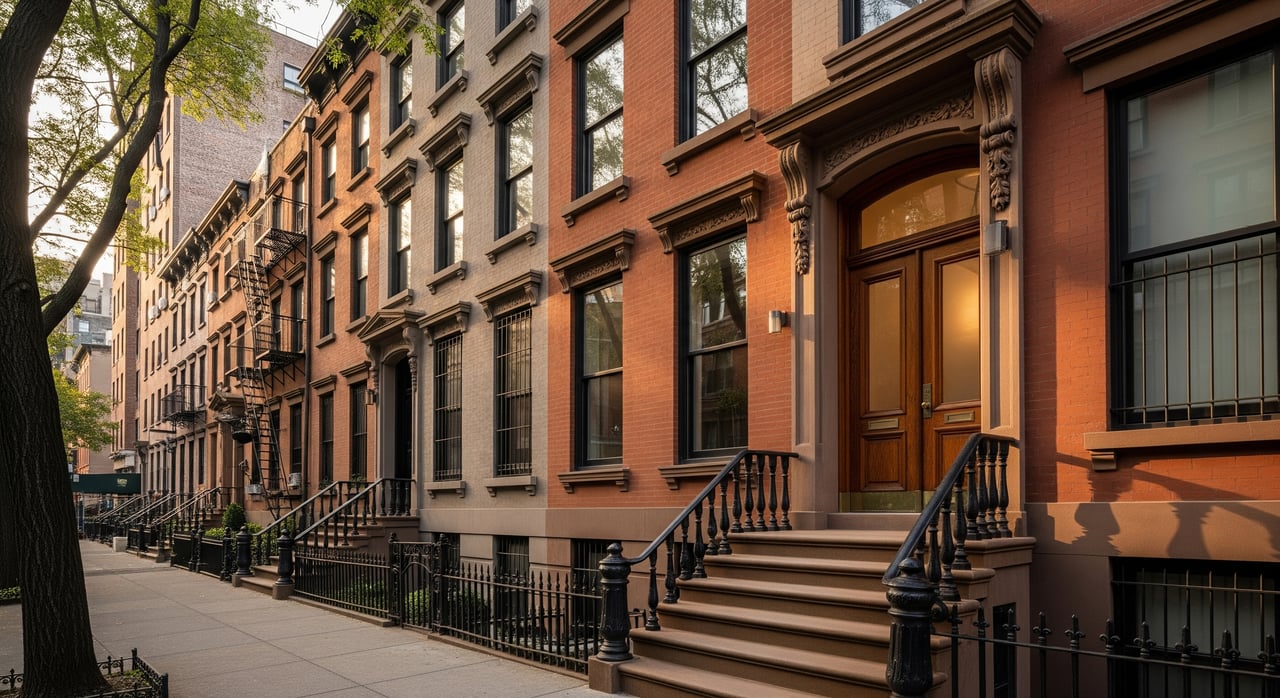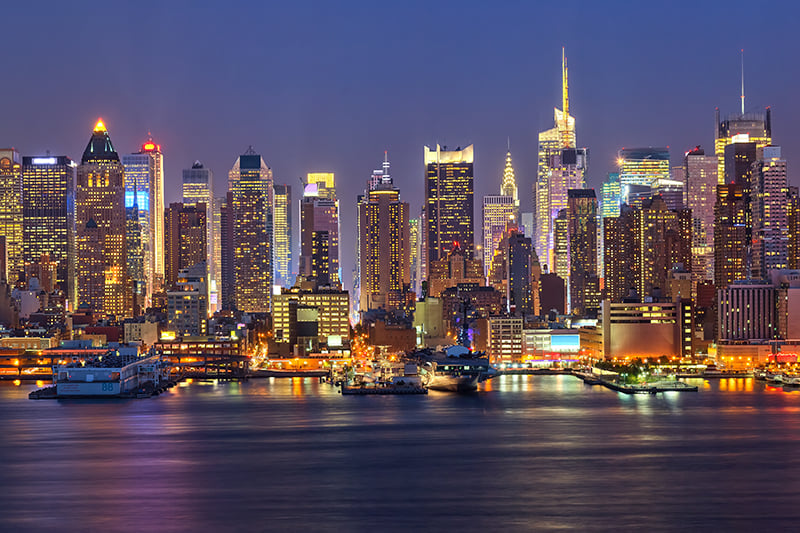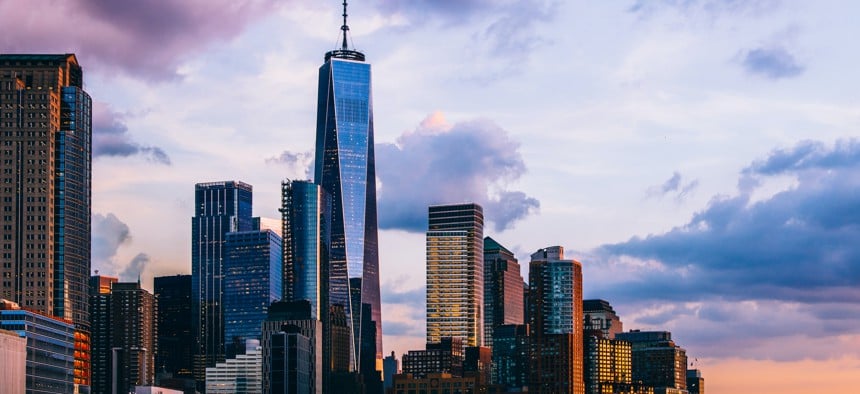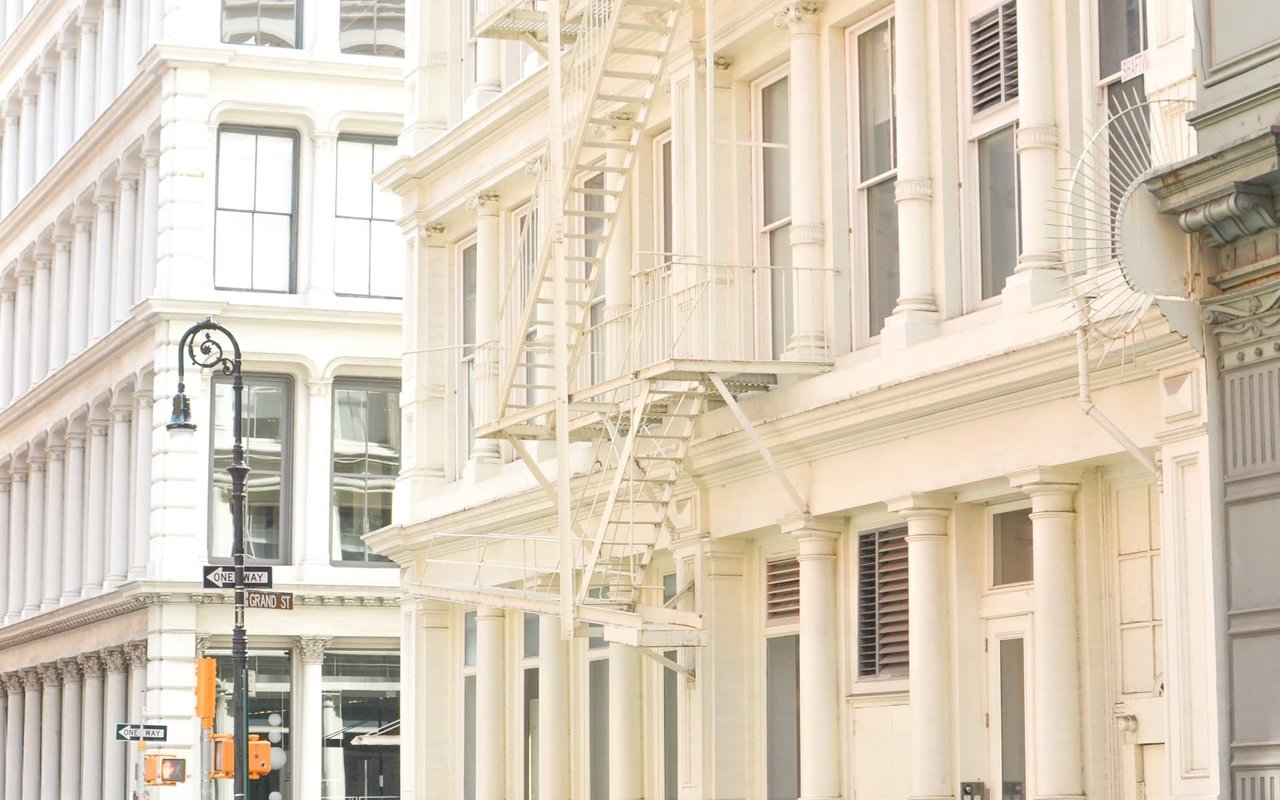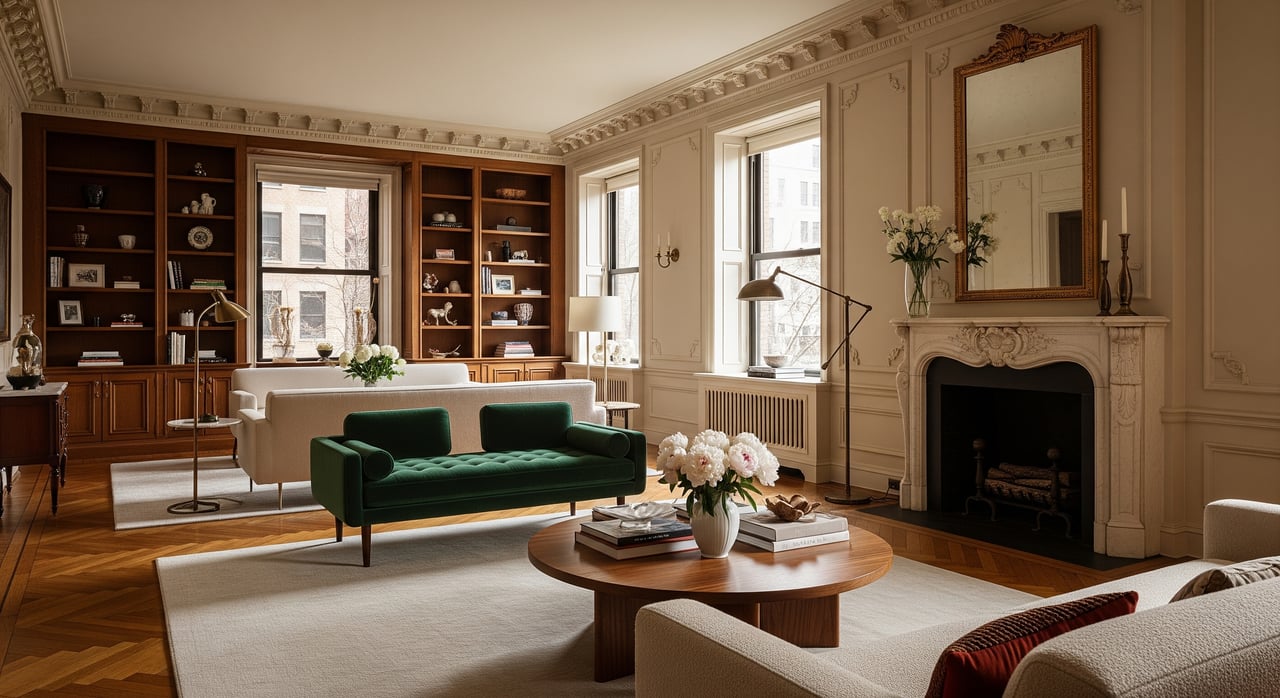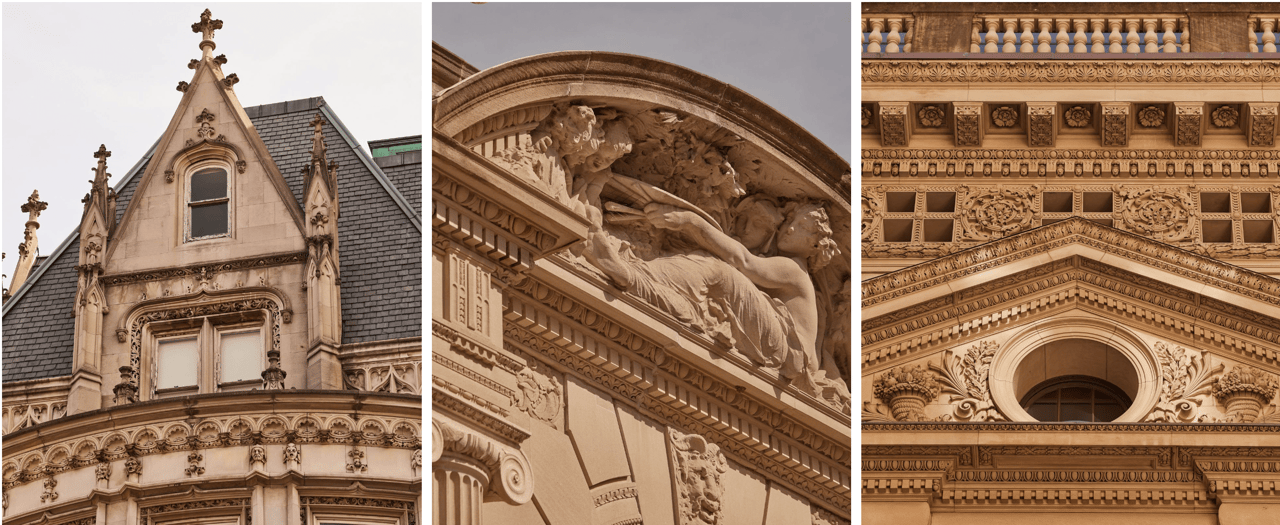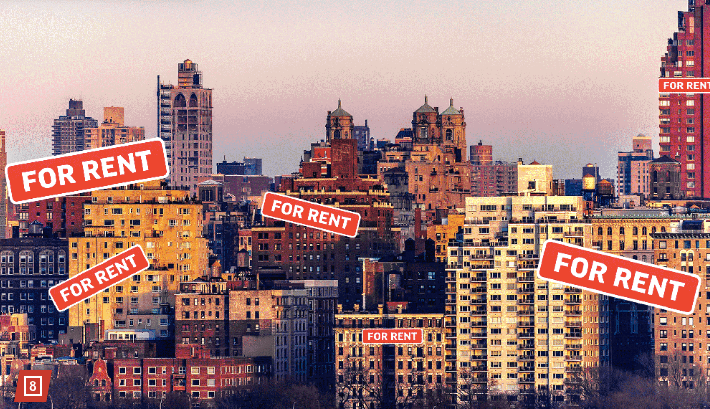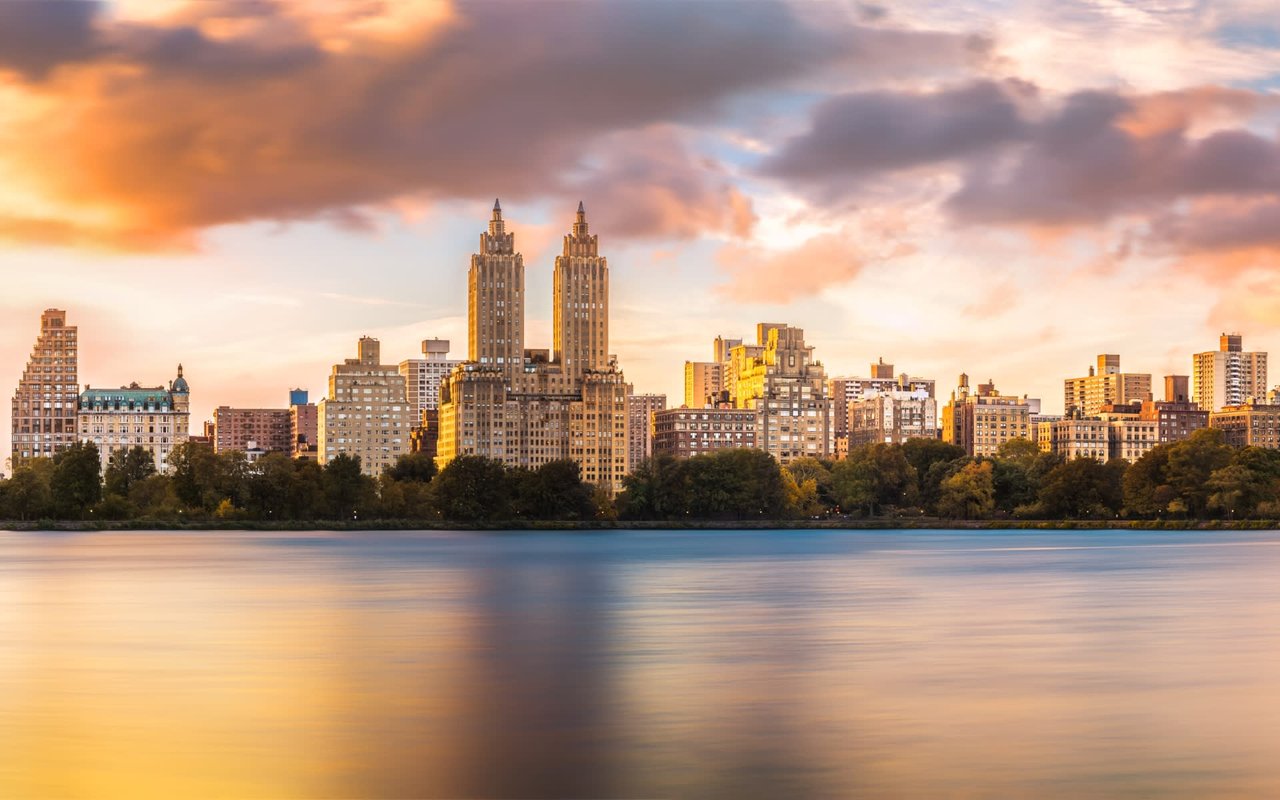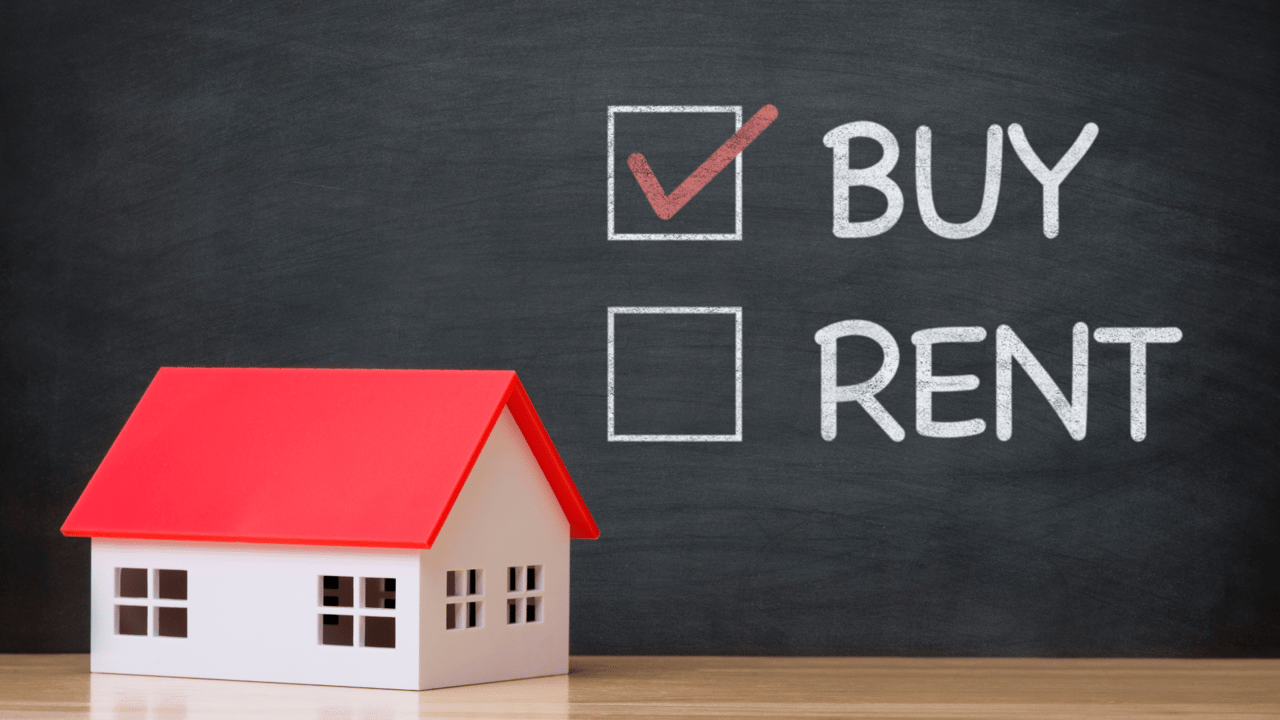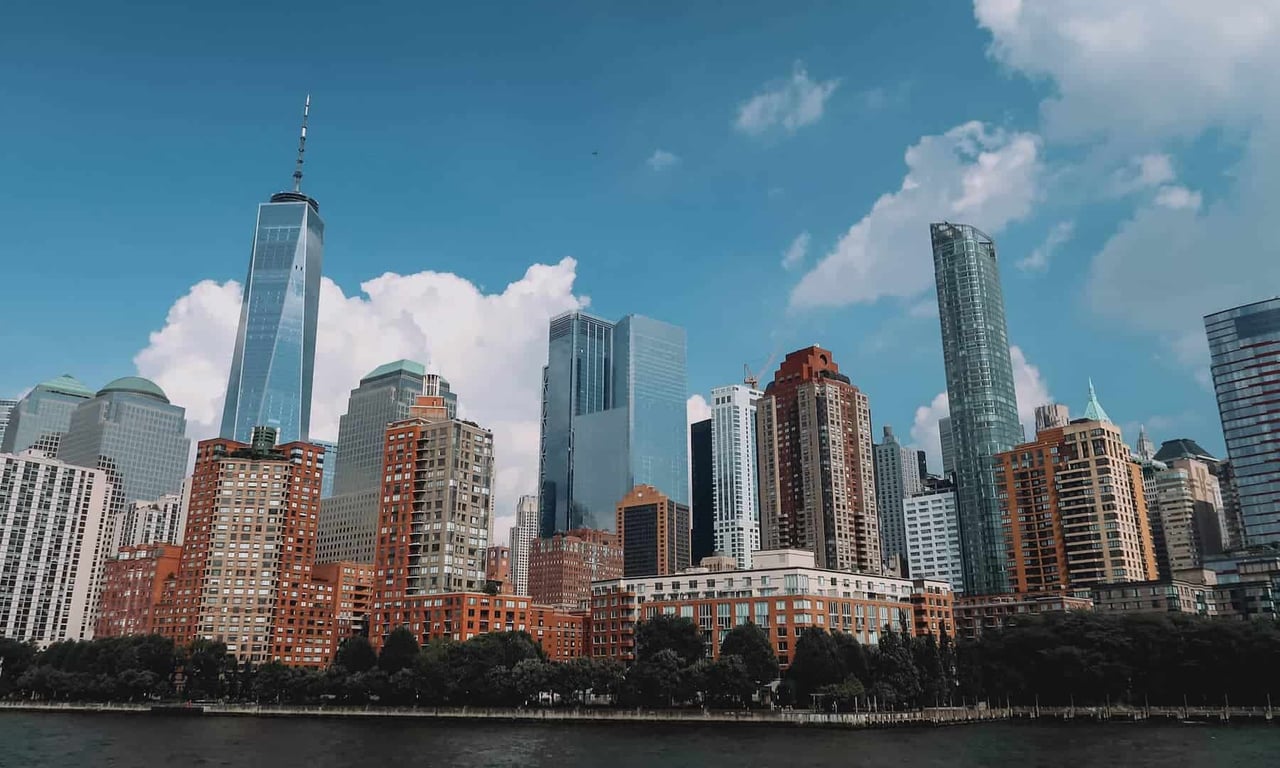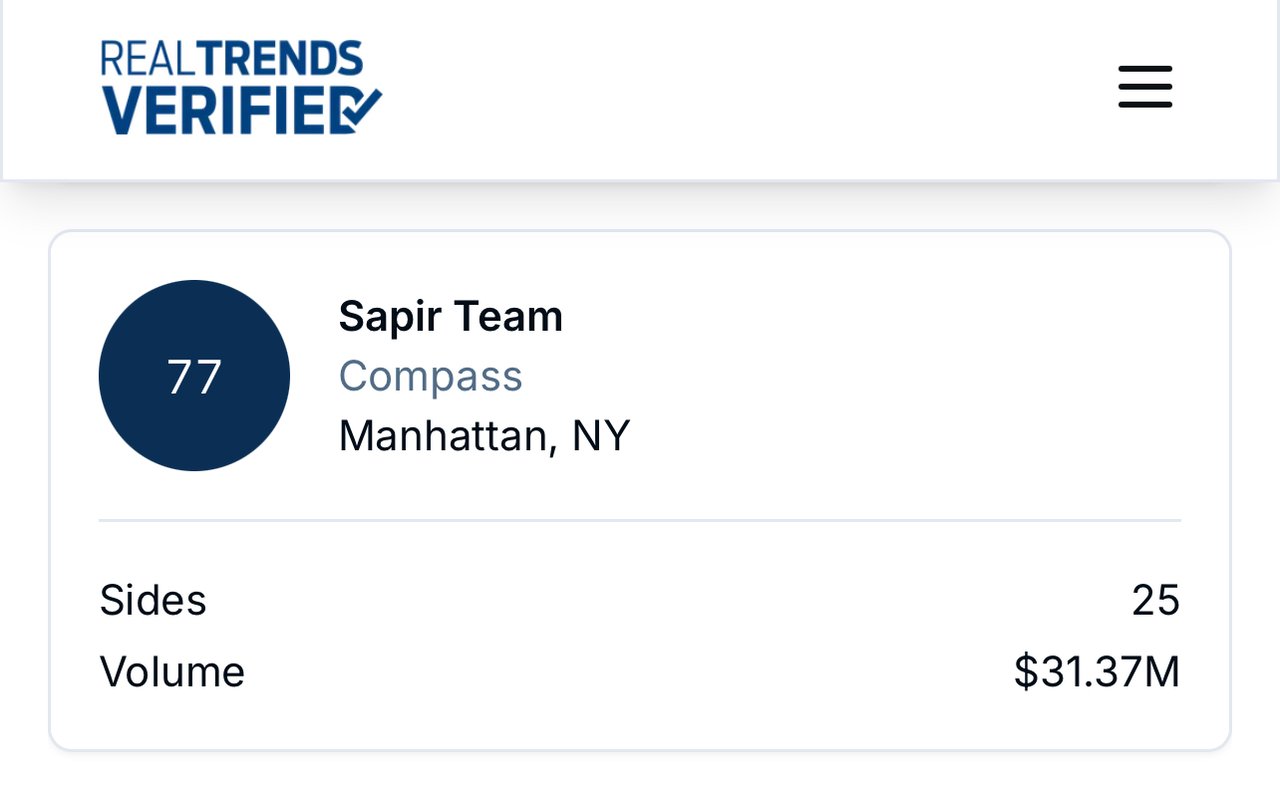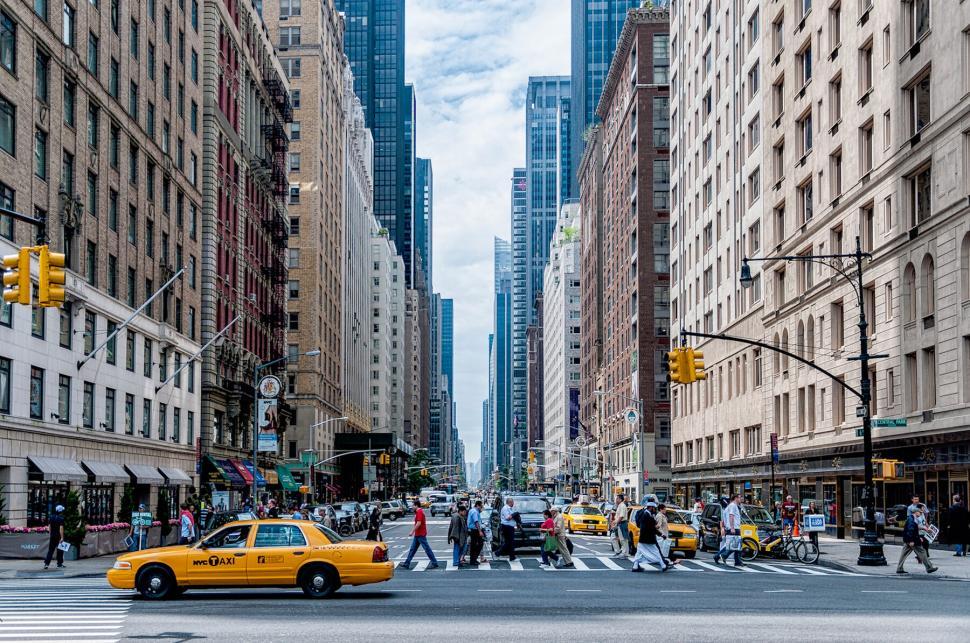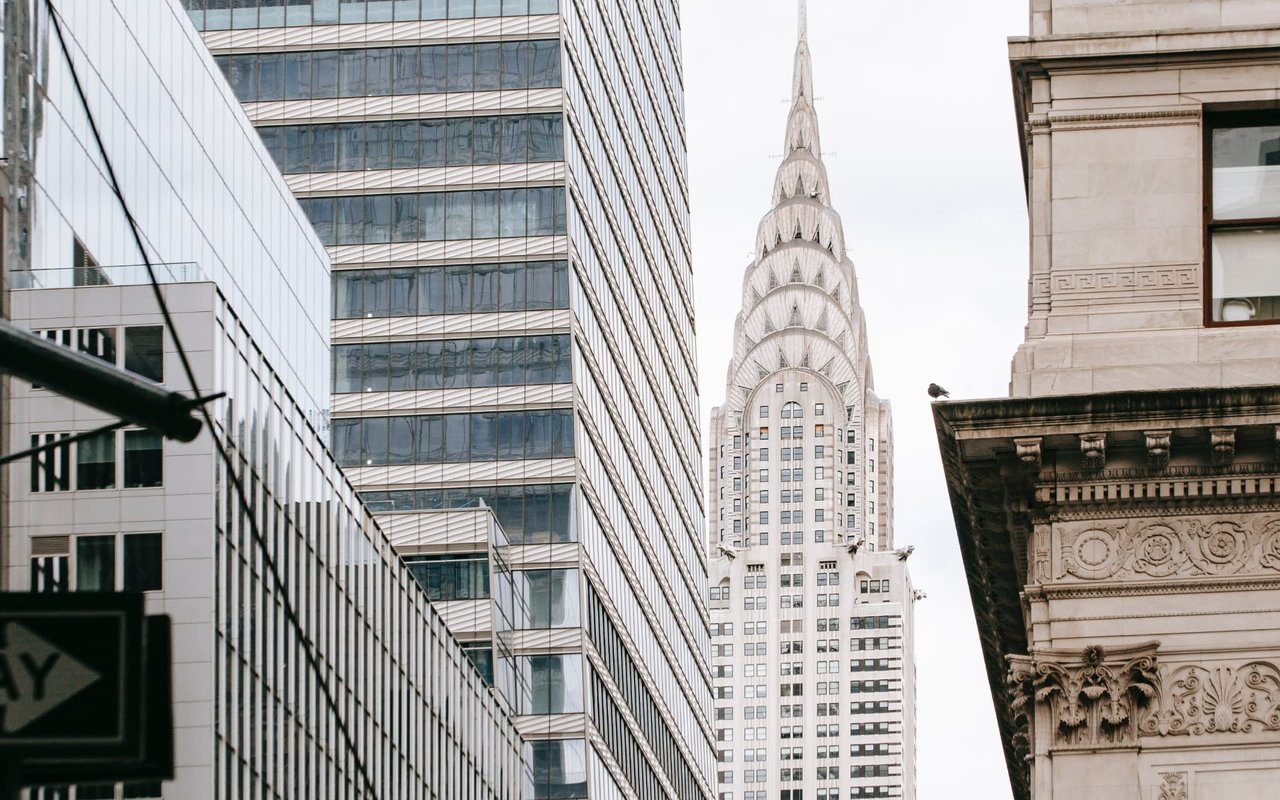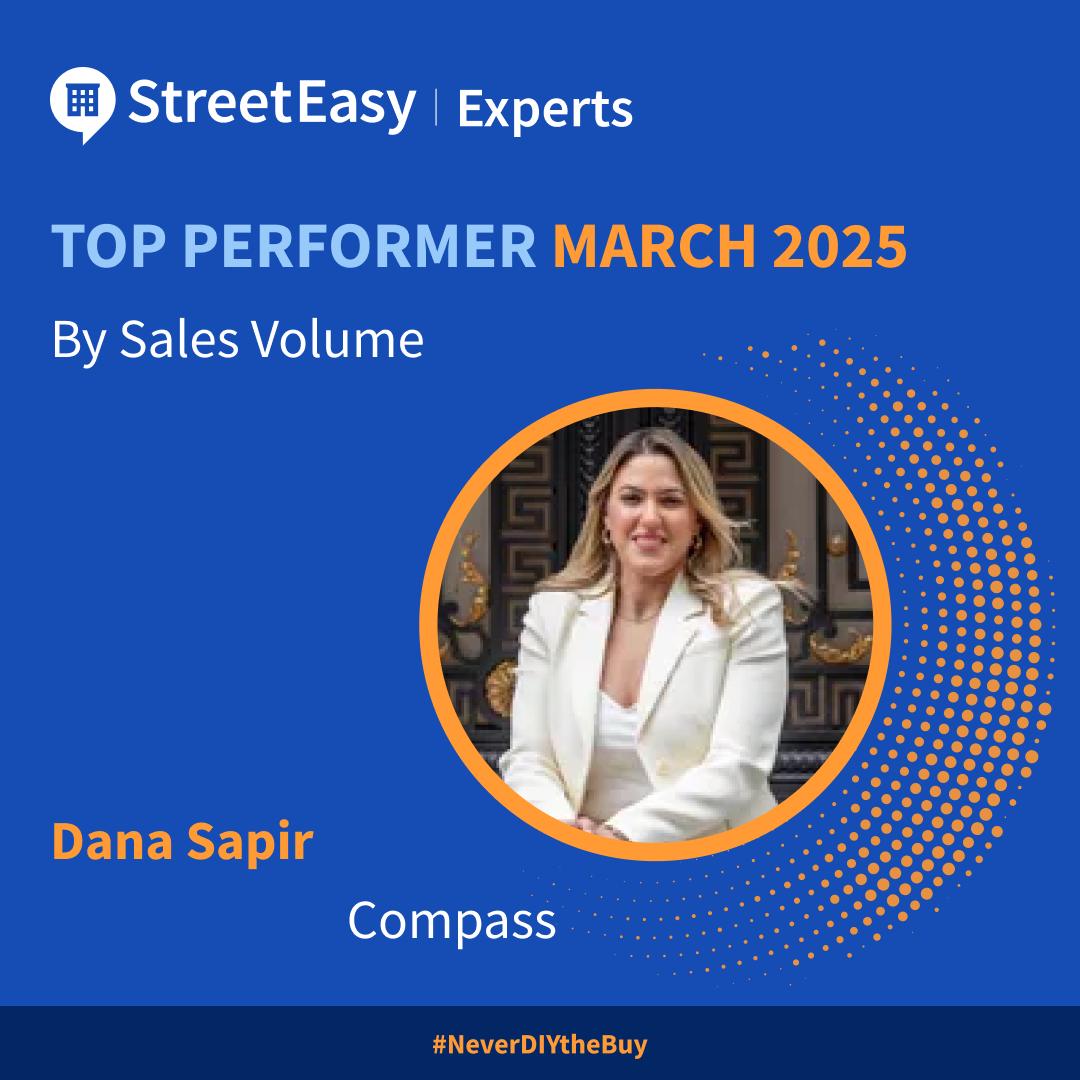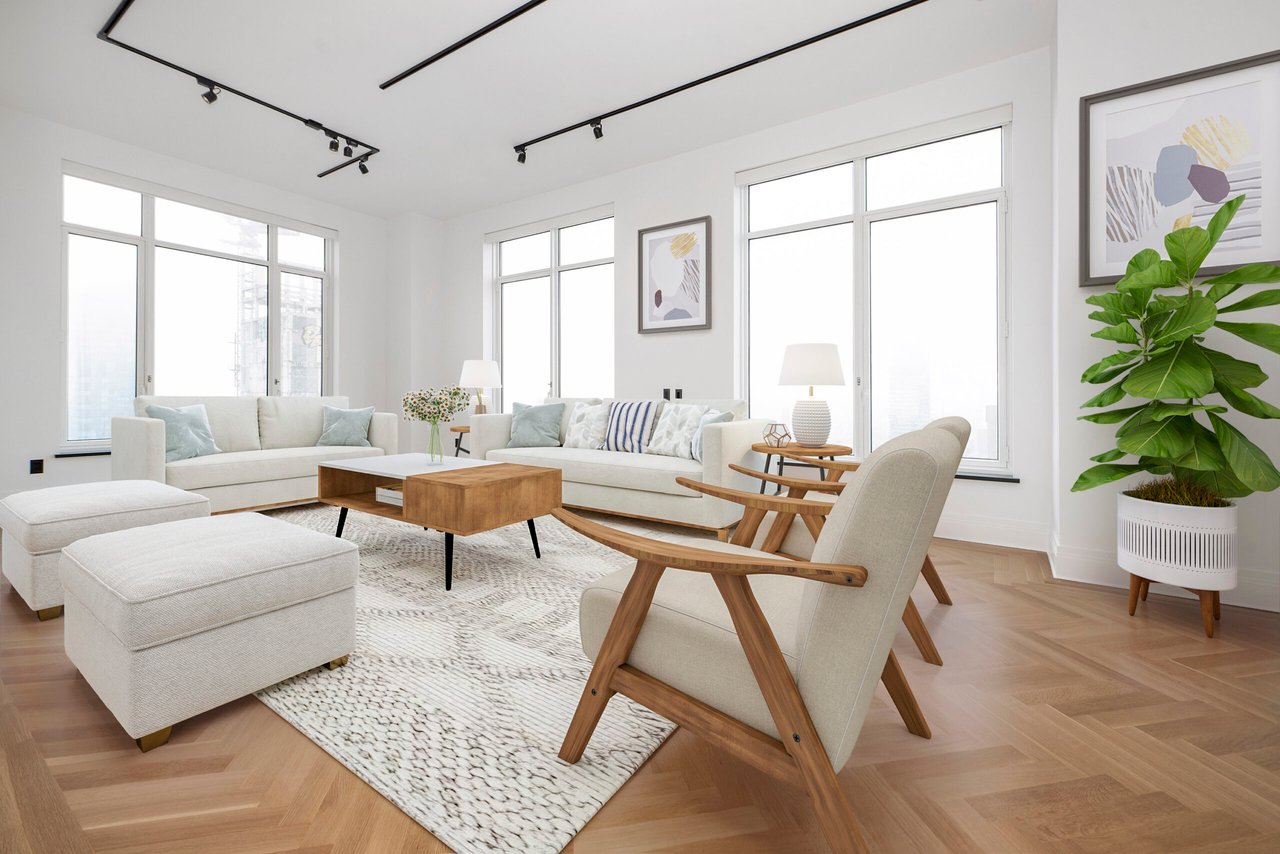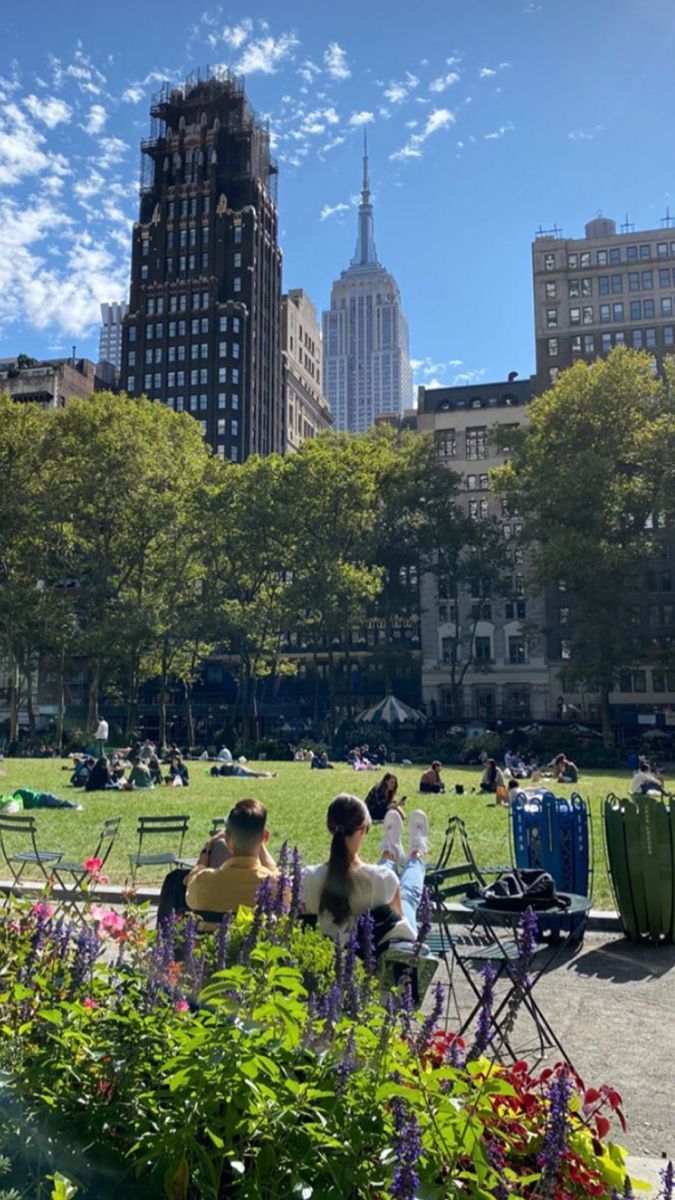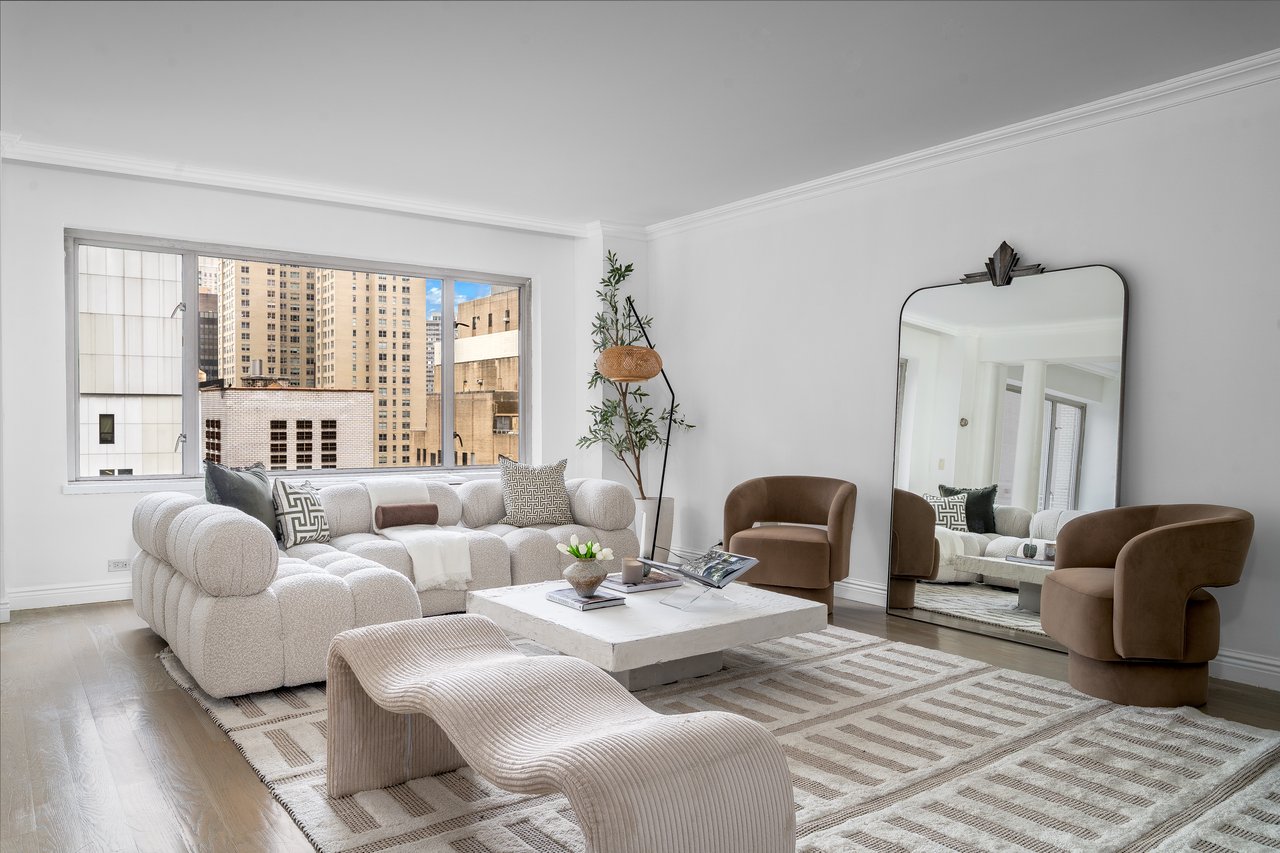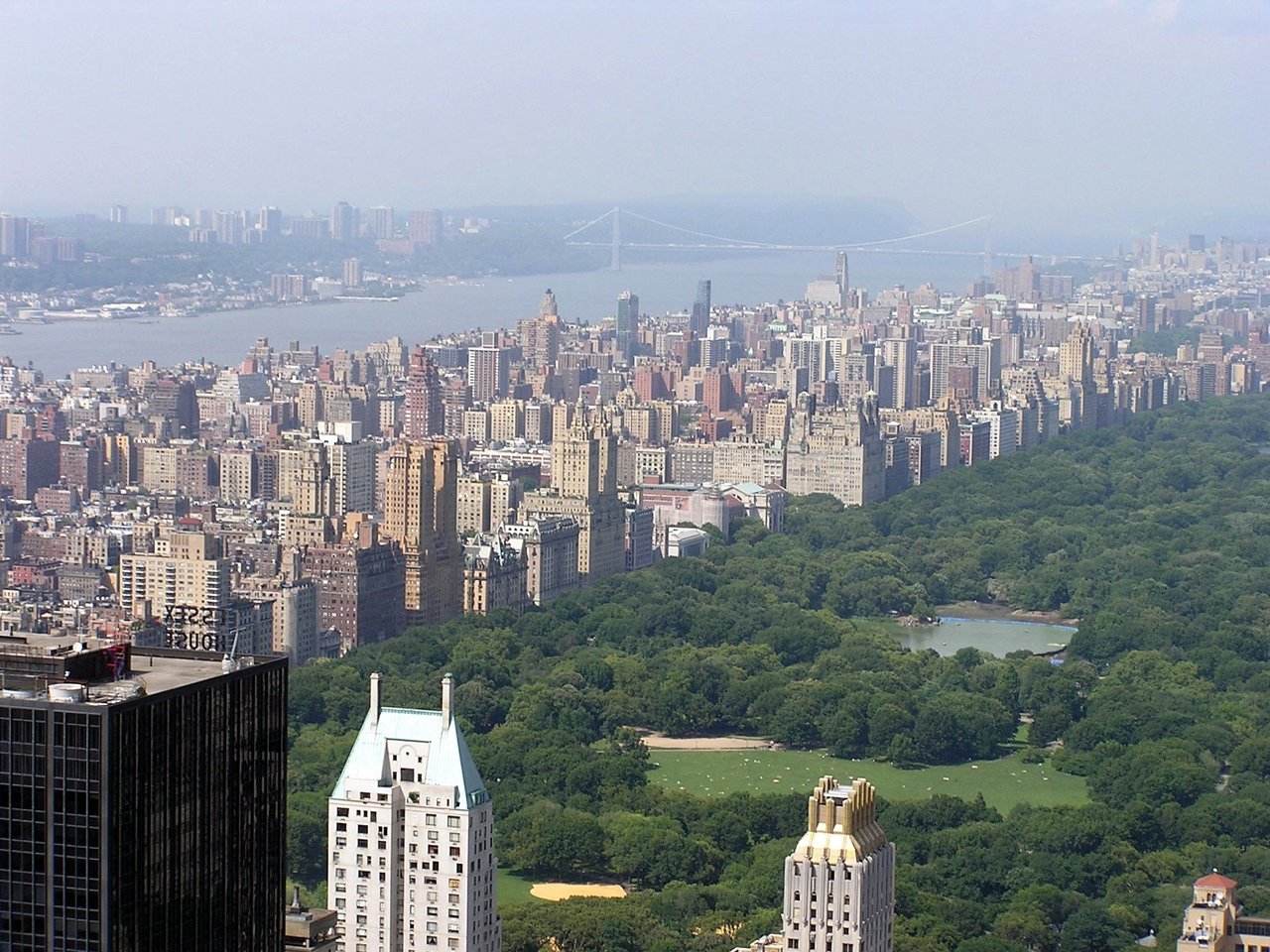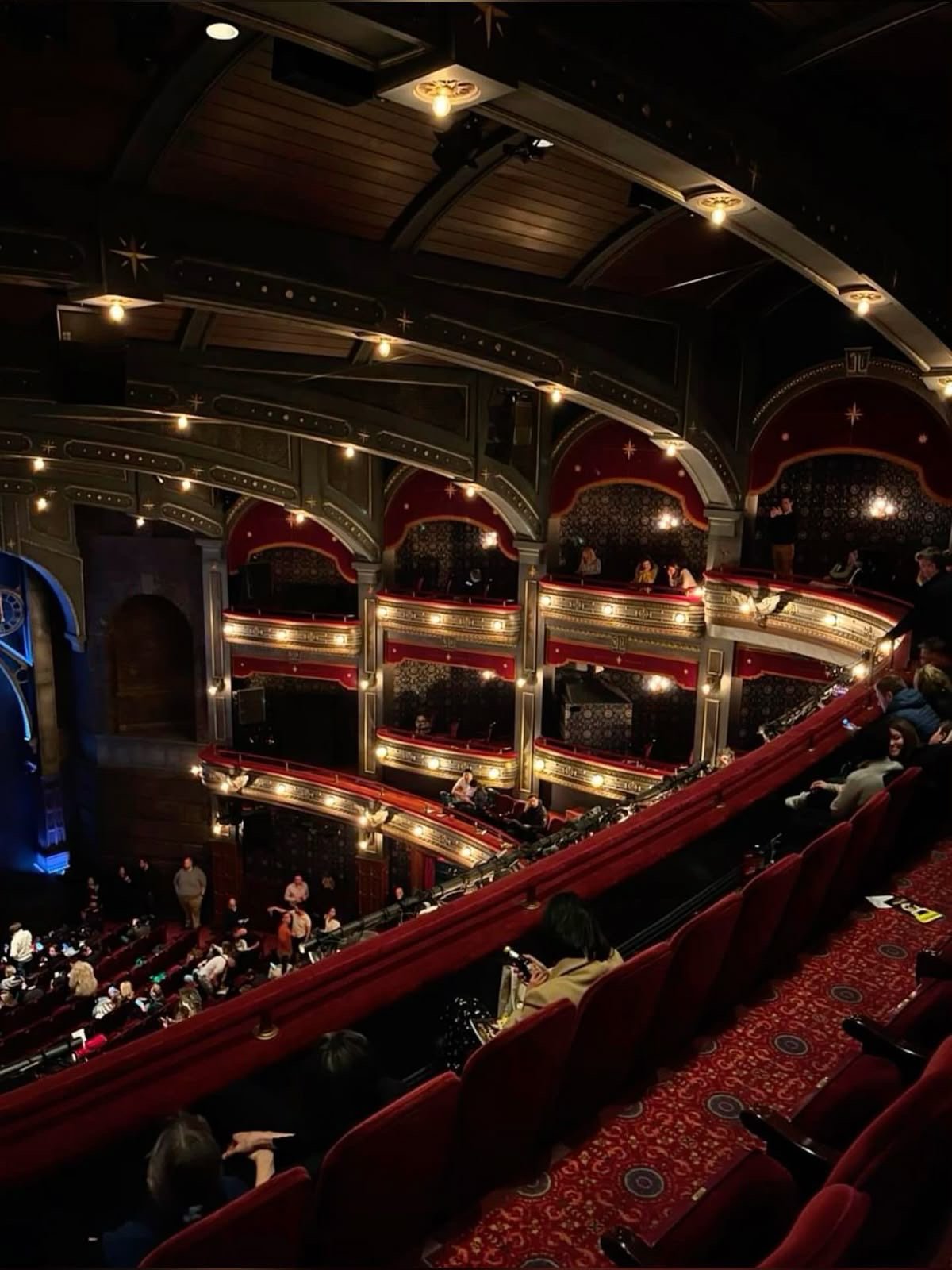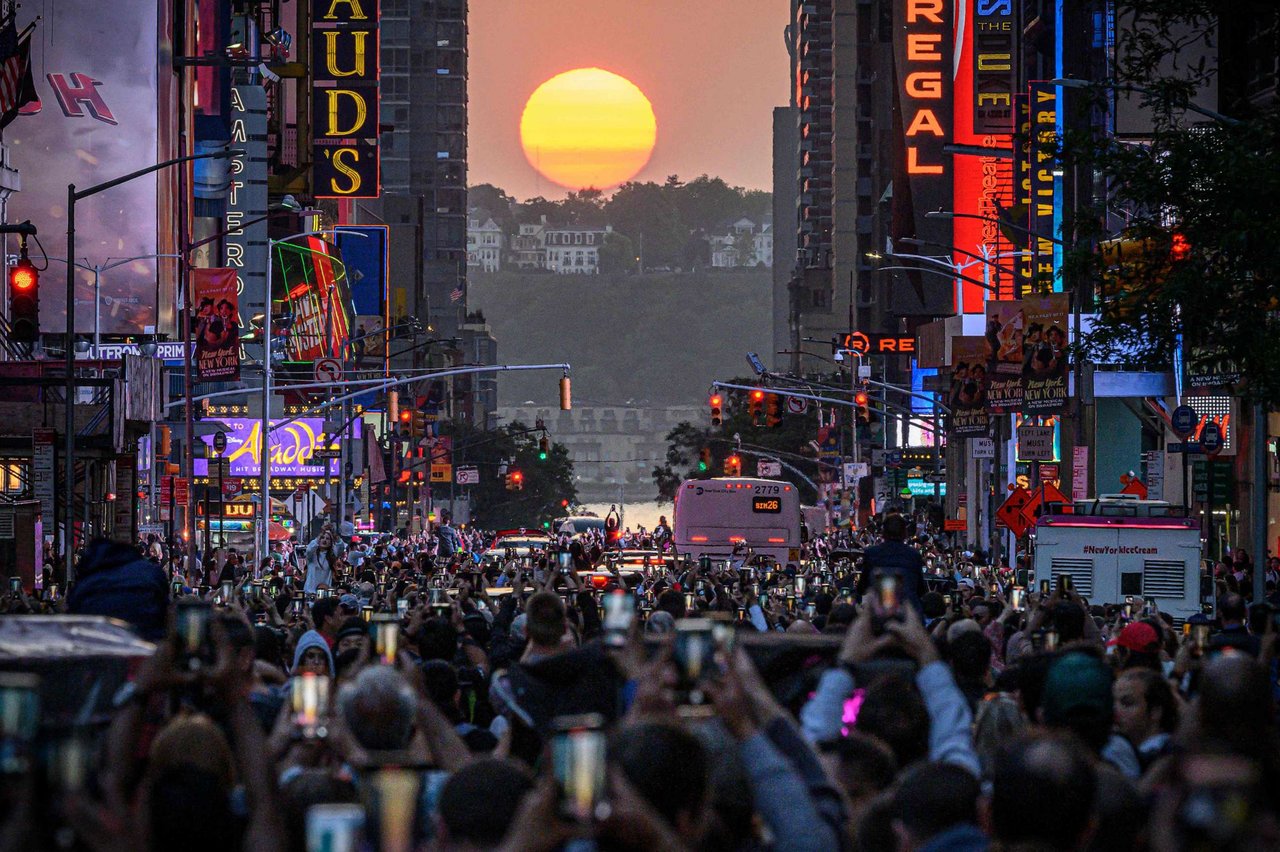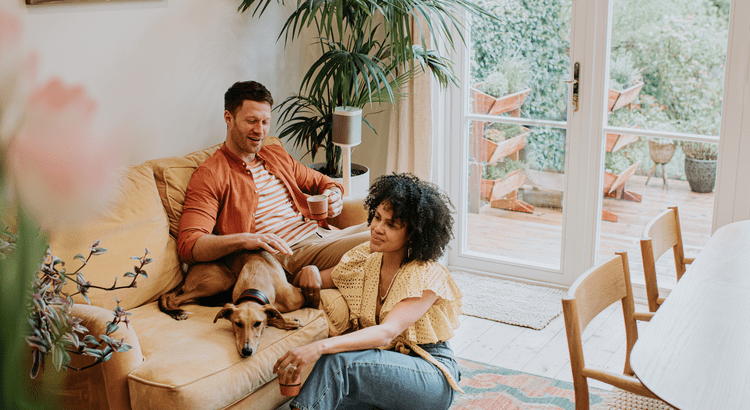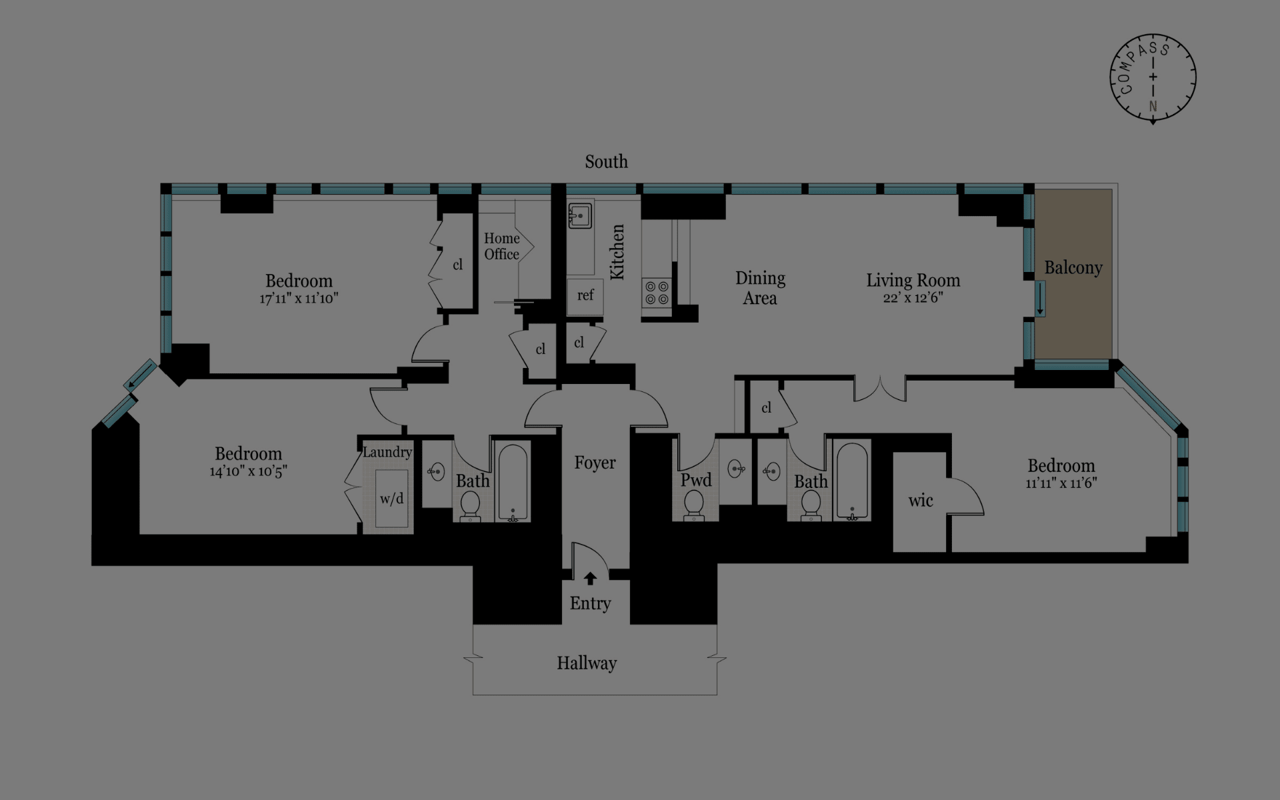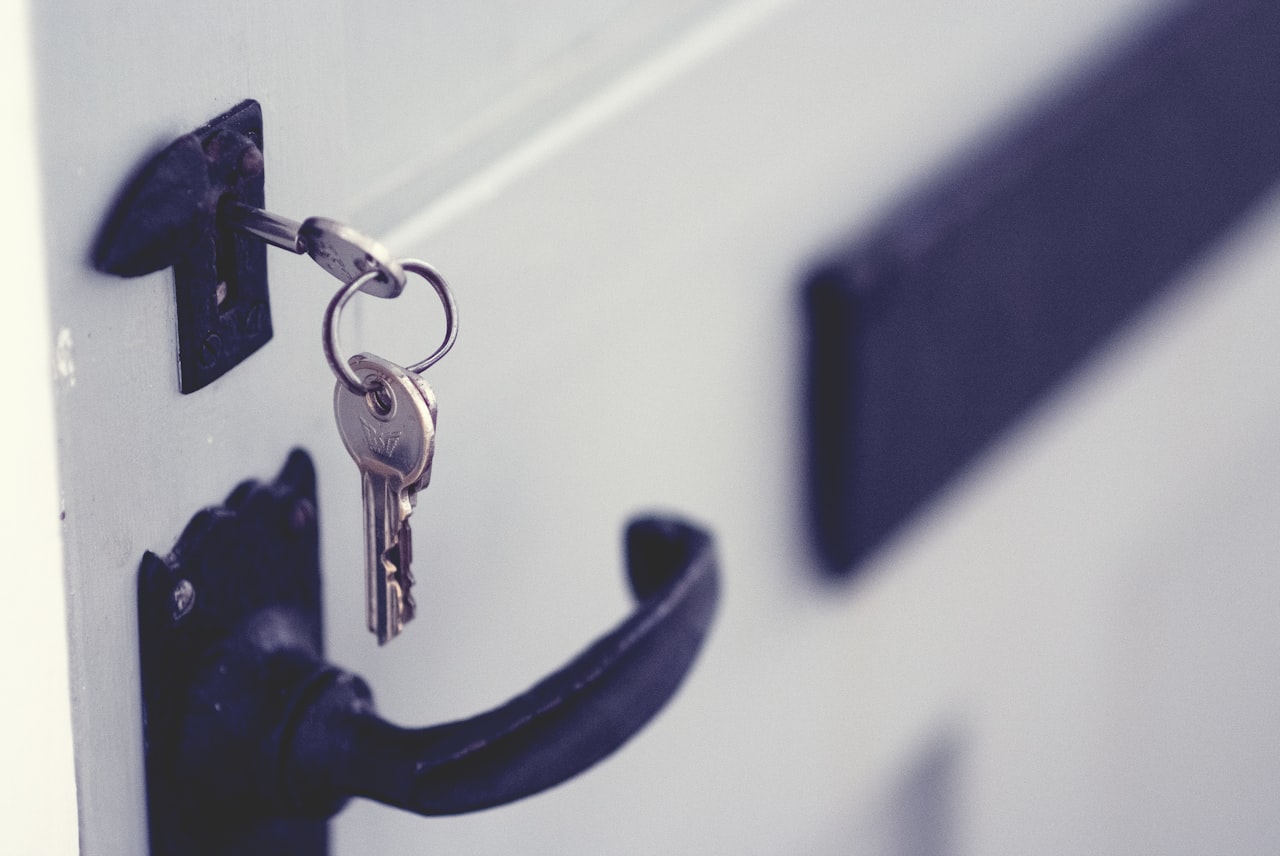When choosing where to live in NYC, many ask Do I want space, or do I want to be surrounded by people? How important is it to be close to a park? Can I really live off of just one subway line? And how much is all of this going to cost? For newcomers to the city, this may sound overwhelming, and even if you have the means to afford to live wherever you want, there will be trade-offs.
Know NYC’s Boroughs and Neighborhoods
The 5 boroughs of NYC differ vastly from one another. Manhattan, for example, is the heart of the city, and also the most densely populated of all the boroughs. Staten Island, on the other hand, is sleepier, and more suburban, with plenty of single-family homes spread out across its nearly 59 square miles. The best way to get to know these areas is, of course, by pounding the pavement, but you can also read local publications get a feel for each place.
Once you’ve identified a borough that feels right for you, it’s time to brush up on its neighborhoods. Figuring out the best fit for you will involve a lot of research so plan for enough time to research before moving. You might also seek out neighborhoods that serve your specific needs, like specific immigrant communities for example. Before you settle on a place, plan repeat visits to the neighborhood, and at different times of day—early morning, late at night, on the weekends when people are out and about. This way, you’ll get a feel for what it’s actually like to live there.
Figure Out What Matters Most to You: Location, Space, or Price
Three of the biggest factors people take into account when picking a place to live are the location, the size, and the price. In New York City, finding an apartment that satisfies all three of those factors is like hitting the lottery—extraordinarily rare, and likely to have you wondering how you got so lucky. Before you start your search, think long and hard about which of those three factors is an absolute must for you. If space and price are your biggest concerns, you may end up living in a neighborhood that’s a bit off the beaten path; if you’re invested in a location with lots of amenities and things to do, you’ll almost certainly end up paying more in rent. You can try to track down deals or figure out unit sizes online, and as for location, being close to work, your friends, or your yoga studio—will be a determining factor.
Take Your Public Transit Options Into Account
New York may have the most robust public transportation system in the country, but that doesn’t mean it serves all parts of the city equally. There are entire portions of Queens and Brooklyn that are subway deserts. Track improvements are often done on weekends, and a long walk to the train in the blistering cold can feel like a trek. On the flip side, there are neighborhoods—like Downtown Brooklyn or the Financial District—that are major subway hubs, making them excellent options if you want to be close to many modes of transit. City Bike is a good option for getting around, and don’t plan to own a car in NYC: It’s expensive, adds to the city’s already awful traffic, and is generally inconvenient.
You Probably Won’t Want to Be Too Far From Work
The average one-way commute time in New York City is about 36 minutes, and with more of us going back into the office, that should be a consideration. To counter this, you can pick a neighborhood that’s close to where you’ll work. Most of the city’s central business districts may not be places where you actually want to live, but you can use any maps app to determine the distance of certain neighborhoods from your office, in terms of commute.
Do You Need Peace and Quiet?
The city that never sleeps does have some pockets of serenity: the quietest neighborhoods in the city include the Upper East Side, Borough Park, Bayside, and Brooklyn Heights. You can see the number of noise complaints an area has received through the NYC Open Data portal, but don’t just take those into account when looking for a space that’s relatively quiet. You won’t want to live close to major roadways or in areas where major construction projects are happening, and you may also find it to loud in neighborhoods bustling with nightlife and restaurants.
Do You Care About the View?
You may care more about city skyline views, overlooking the river, the park, or you may not care at all. The views in NYC can be amazing, but that usually means a higher price tag. Make your decision accordingly.
How Important to You Is Being Close to Nature?
New York may have a reputation as a concrete jungle, but there are plenty of areas where green space is abundant—and I’m not just talking about Central Park, which is surrounded by some of the city’s most expensive real estate. The NYC Parks Department’s website has tons of information about the city’s many green spaces, both the “featured parks” (big, famous ones like Central, Prospect, etc.) and the smaller neighborhood green corners throughout the five boroughs. If you like to be outdoors, need access to playgrounds, or have a pet, green space can be a major factor in your decision.
You Will Walk a Lot, so Prepare Accordingly
It doesn’t matter where you live in New York—you’re going to be spending a lot of time on your feet. And while it’s hard to find a neighborhood in New York City that isn’t pedestrian-friendly, some parts of the city are better in terms of walkability—with parks, grocery stores, bodegas, and other amenities all close by—than others. Consider your needs in that sense.
Take School Districts and Zoning Into Account
If you're a parent and your kids will go to a public school, school zoning is very important to consider. If your kids will attend private school, you may want to factor in the distance and daily commute.
Wherever you choose to live in NYC, make sure to go out and experience the rest of the city. New York is an enormous, vibrant, wonderful city, with more things to do than you can probably hit in a lifetime—but that doesn’t mean you shouldn’t try.
Source: Curbed


